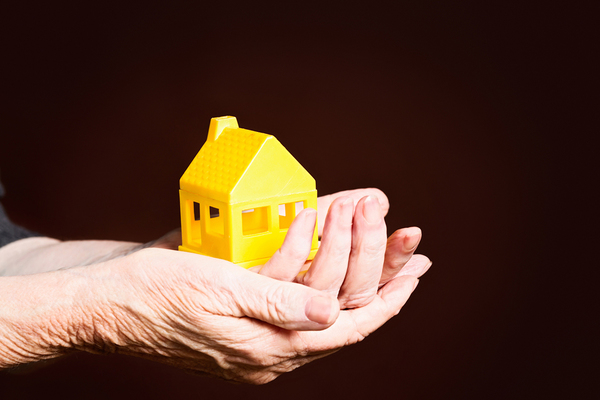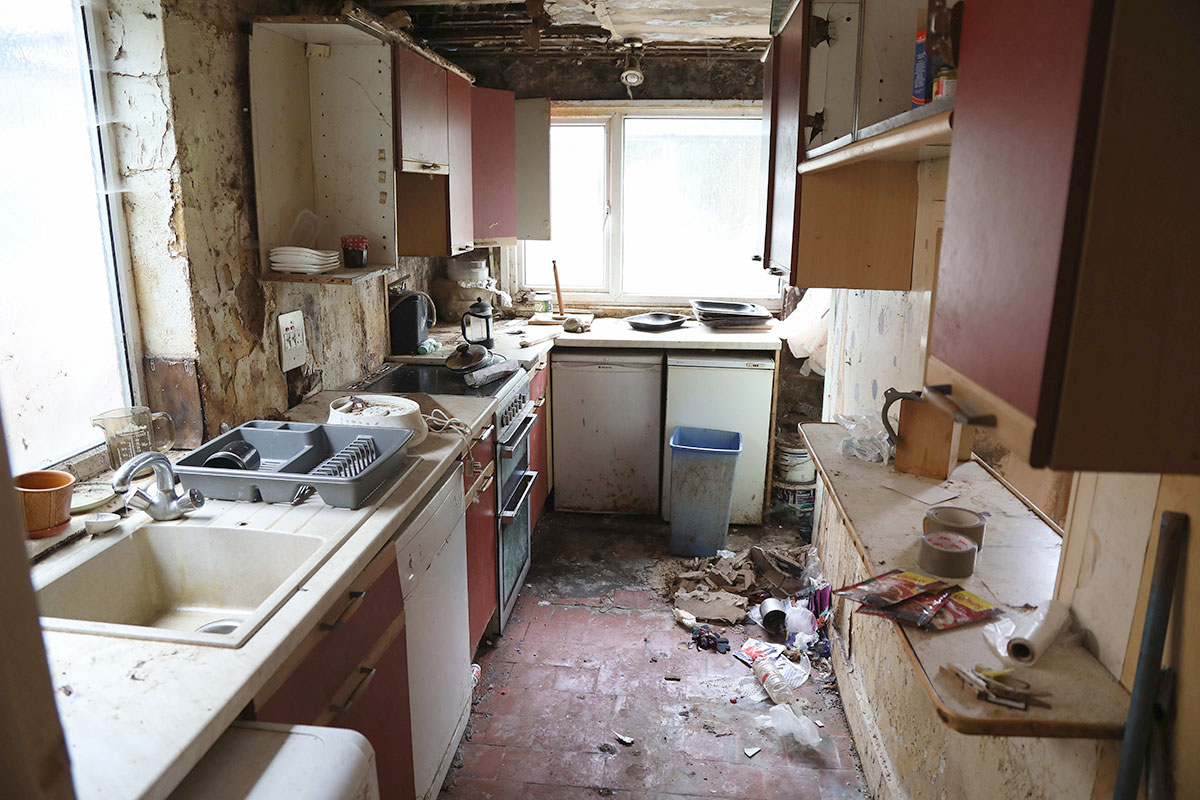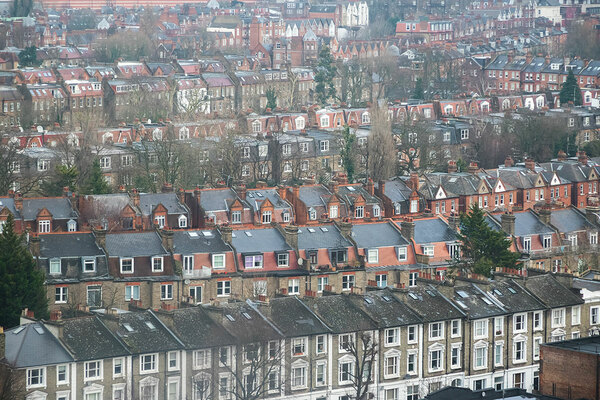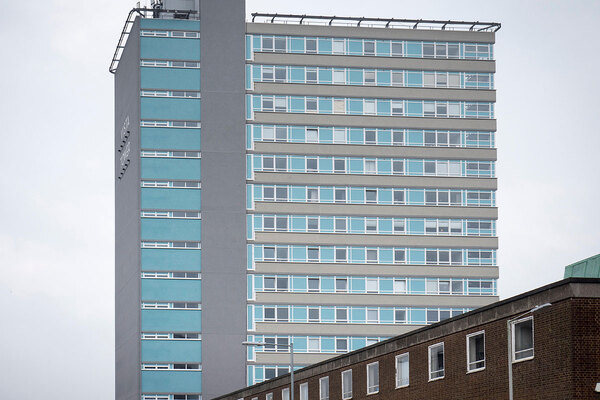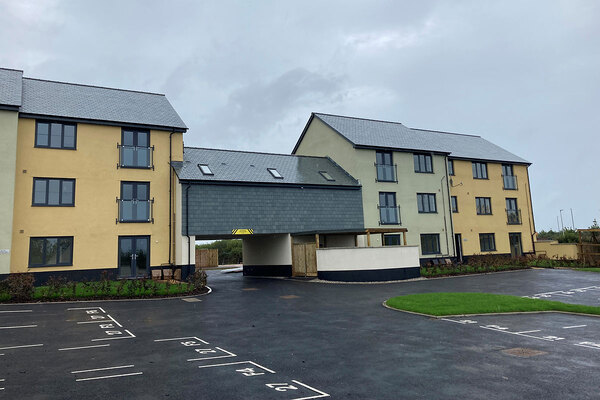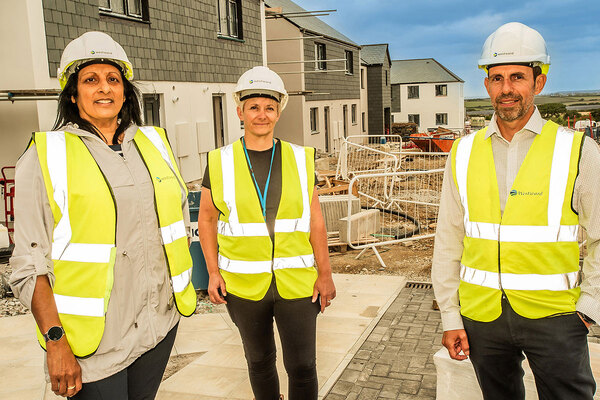You are viewing 1 of your 1 free articles

Message to government: fix Britain’s crumbling housing stock
Anna Dixon, chief executive of the Centre for Ageing Better, calls for action on the many homes crumbling into unsafe conditions as older homeowners cannot afford repairs
Bringing Britain’s crumbling housing stock up to scratch must be at the heart of this government’s ‘national renewal’.
In the past 50 years, we’ve made incredible strides in this country when it comes to improving the quality of our housing stock. Many people today will remember when, as late as the 1960s, millions of homes still didn’t have an inside toilet – and a quarter of all homes were lacking basic amenities such as basins, baths or showers. Those conditions are unimaginable to many of us today – and a distant memory for others.
But in recent years, those rapid improvements have stalled.
Our report revealed that poor housing is far from being a thing of the past: on the contrary, millions are today living in ‘non-decent’ homes that endanger their occupants’ health, safety or well-being. These homes either contain a serious hazard, lack basic facilities such as heating or a functioning bathroom, or are simply in a state of disrepair, with owners unable to afford or manage vital maintenance.
This isn’t just about individual misfortune. And it’s absolutely not inevitable.
Part of the problem is that Britain has the oldest housing stock in Europe. More than half of all homes were built before 1965, and there are still five million homes that were built before 1919. These older homes are much more likely to be non-decent – a third of pre-1919 homes don’t meet basic standards.
“In the 1980s and 1990s, many people on lower incomes were able to buy their own homes for the first time as a result of Right to Buy. Many are now struggling to afford repairs or maintenance”
There are also, of course, financial reasons why many are living in these conditions. In the 1980s and 1990s, many people on lower incomes were able to buy their own homes for the first time as a result of Right to Buy. Many of that generation of homeowners are now living on, or anticipating, limited pensions – leaving them struggling to afford repairs or maintenance. Financial or practical help required for homeowners to keep their homes in decent shape is currently severely lacking. These pressures can intensify, too, as people reach later life and may be dealing with ill health or disability.
Meanwhile, those living in rented accommodation face their own challenges, with few options available if a landlord refuses to carry out repairs or maintenance.
The effect of living in poor housing can be devastating. Falls in the home are the main cause of accidental injury-related deaths among older people, and many of these could have been prevented by simple home repairs and modifications. A cold home can worsen the impacts of many common long-term health problems experienced by older people, such as arthritis, lung conditions and asthma. It can also increase the risk of a stroke or heart attack, and exacerbate mental health problems such as depression.
As well as the immeasurable human cost of living in these conditions, the effects of non-decent homes cost the NHS an estimated £1.4bn a year. As well as initial treatment costs, we know that a significant reason people can’t be discharged from hospital on time is because their home isn’t safe for them to return to.
“Improvements in housing quality have stagnated – and for some groups, such as the over-75s, the problem appears to have worsened”
In contrast, the average cost to make a home decent is less than £3,000 – and yet there are no dedicated policies or funding in place to do so. Until not long ago, help was available for homeowners on lower incomes to afford repairs. In 1983-84, there was £1.1bn available for housing repairs in the private sector. But by 2010-11, this was down to £317m, and the following year it was cut to zero.
In recent years, improvements in housing quality have stagnated – and for some groups, such as the over-75s, the problem appears to have worsened. Decent, safe and warm homes are absolutely crucial for our well-being at all ages, so this decline must be taken seriously. Part of the government’s commitment to ‘level up’ must include concerted action to improve the condition of our housing stock, so that no one is put at risk by the roof over their head.
Anna Dixon, chief executive, Centre for Ageing Better
Sign up for our daily newsletter
Already have an account? Click here to manage your newsletters
